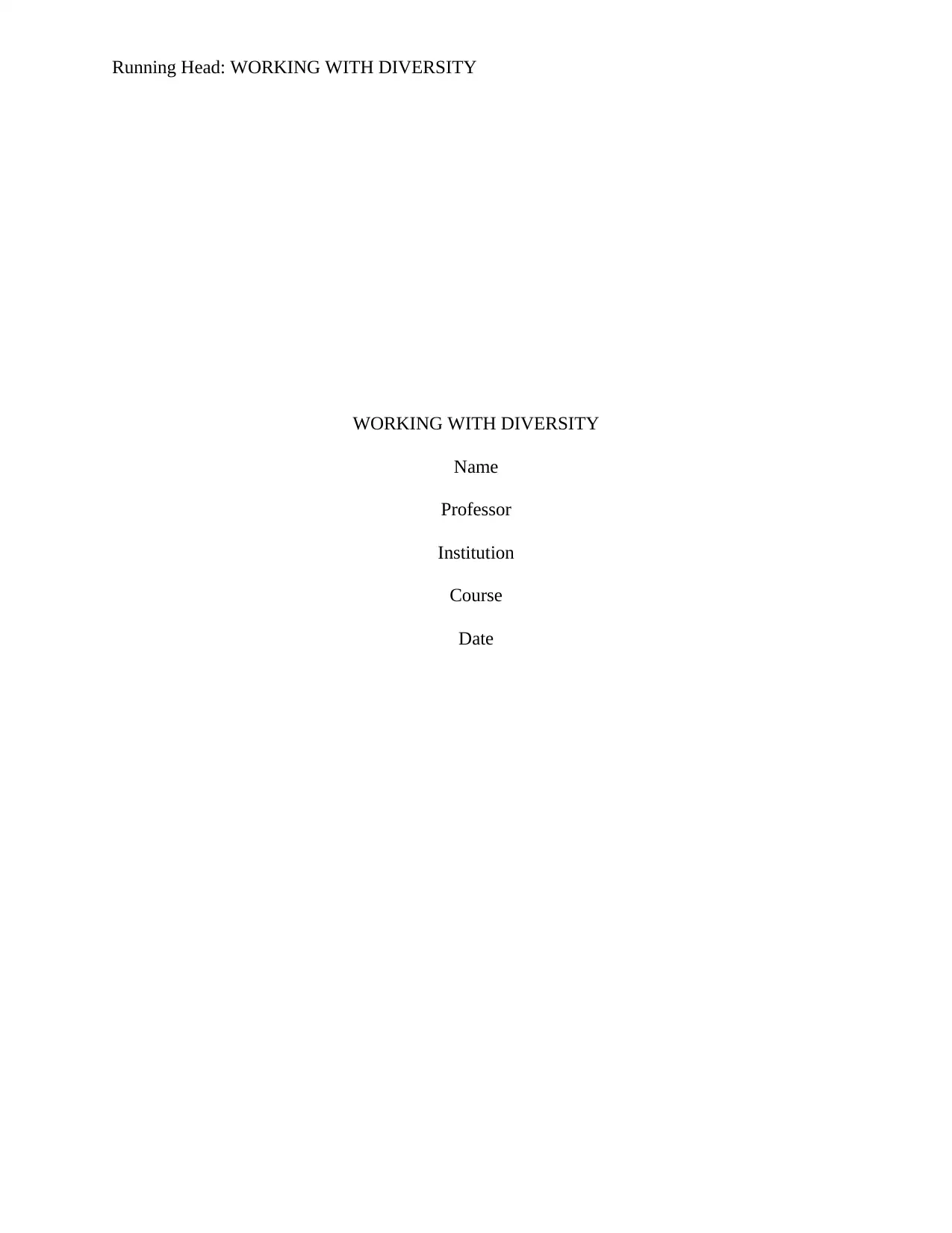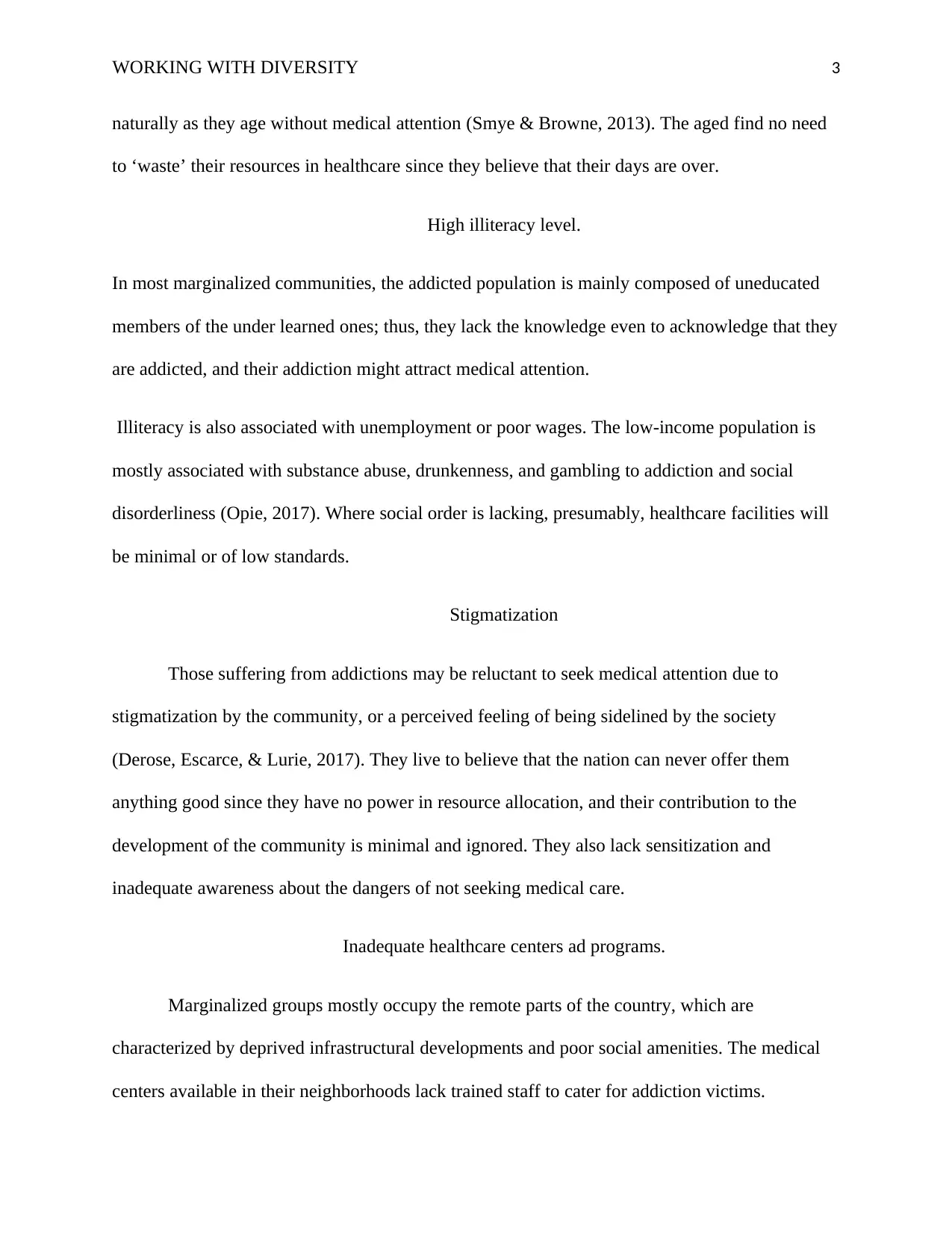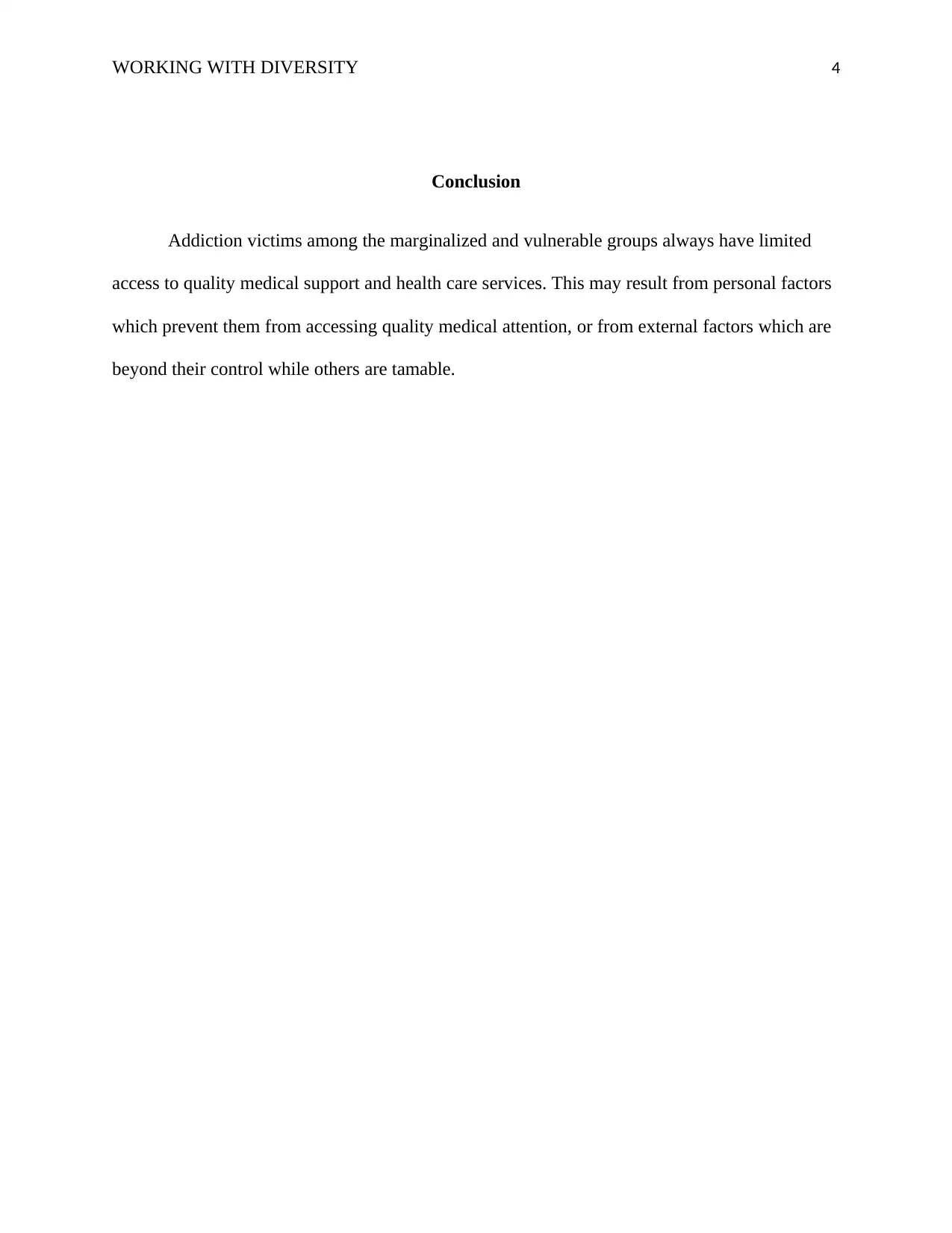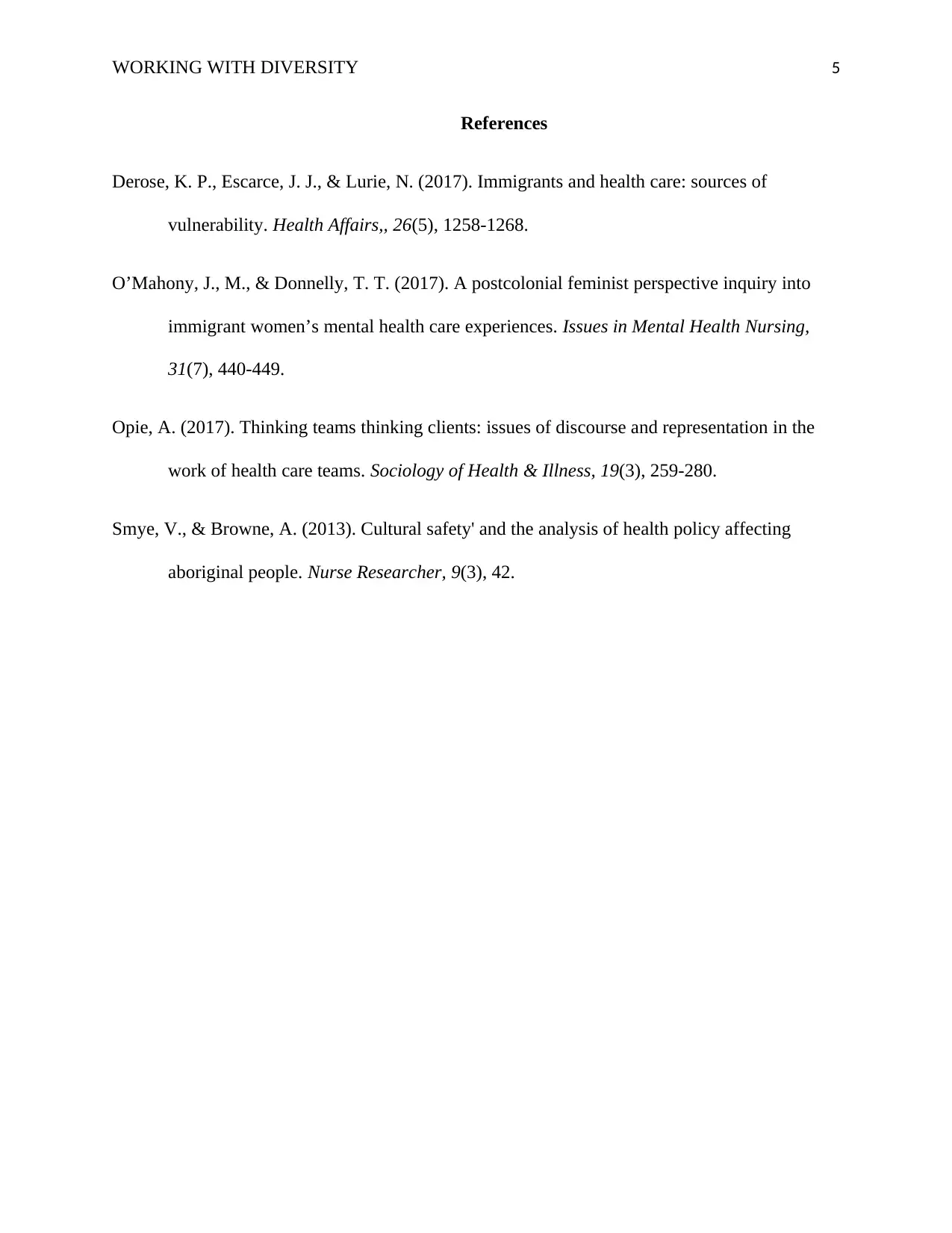Exploring Healthcare Access Barriers for Vulnerable Addiction Groups
VerifiedAdded on 2022/09/11
|5
|742
|17
Essay
AI Summary
This essay delves into the significant challenges marginalized groups face in accessing quality healthcare, particularly those struggling with addiction or substance abuse. It identifies several key factors that impede access, including poverty, which limits the ability to afford expensive healthcare services; lack of peer support, which discourages seeking medical attention; age-related perceptions, where younger individuals may dismiss addiction, and older individuals may not prioritize healthcare; high illiteracy levels, leading to a lack of awareness and understanding of addiction; stigmatization, causing reluctance to seek help due to societal judgment; and inadequate healthcare centers and programs in marginalized communities. The essay emphasizes the need to address these barriers to improve healthcare access and outcomes for vulnerable populations. This essay is available on Desklib, a platform providing students with valuable study resources.
1 out of 5












![[object Object]](/_next/static/media/star-bottom.7253800d.svg)